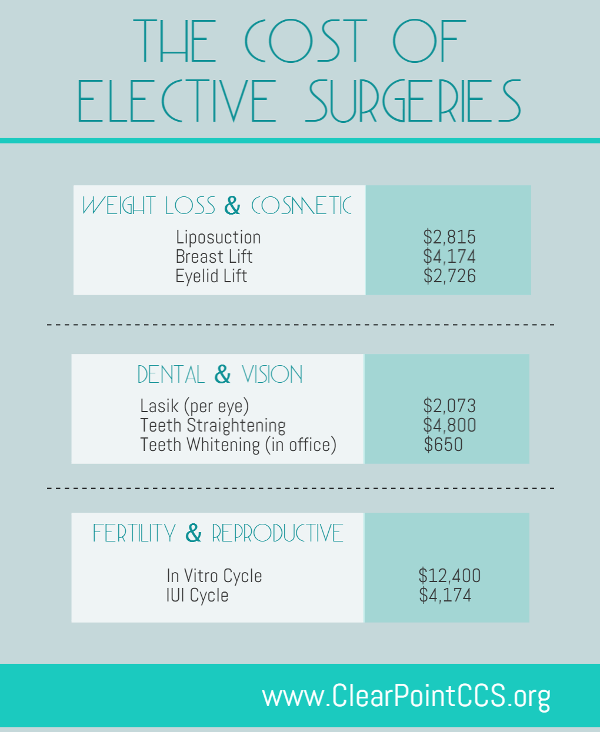Can Acne Prone Skin Use Facial Oils
Can Acne Prone Skin Use Facial Oils
Blog Article
Exactly How Does Photodynamic Treatment (PDT) Job?
Photodynamic therapy (PDT) incorporates a light-sensitive medicine with special light to eliminate cancerous and precancerous cells. Your medical professional puts the medicine on your skin or inside your eye and after that beams a light on the treatment location.
This mix eliminates cancerous cells and spares healthy cells. Yale Medication pulmonologist George Eapen, M.D., describes exactly how this works.
The Photosensitizer
Photodynamic therapy (PDT) uses a mix of light and a medication called a photosensitizer to kill cancerous or precancerous cells and extra healthy and balanced tissue. You get a shot of the photosensitizer, which is after that triggered by light in your body. The photosensitizer is absorbed by both healthy and balanced and malignant cells however isn't harmful until it is turned on by the light.
Light-absorbing particles, referred to as photosensitizers, are discovered in plants and animals, consisting of people. There are numerous photosensitizers, but most have the ability to take in a particular range of light wavelengths.
As soon as the photosensitizer is revealed to a light with a matching spectral array, it's transformed from its ground state into an excited singlet state. This allows it to move energy to molecular oxygen, generating singlet oxygen and free radicals that moderate mobile toxicity.
The Light
During treatment, an unique light is radiated on the area where the photosensitizer was used. This light turns on the medication and destroys cancer cells or precancerous cells that it has actually targeted.
The medications that are used in photodynamic treatment have different absorption residential or commercial properties and some of them might take hours to leave typical cells but continue to be much longer in cancer or precancer cells. This procedure enables the doctor to target cancer cells extra exactly than other sorts of treatments that use noticeable light, such as lasers or electrocautery [54]
Photodynamic treatment can treat the earliest places of sun damage called actinic keratosis and can reduce skin cancer growth in people at high risk for establishing the condition. It is additionally a choice for some patients with damp type age-related macular degeneration, which is an usual reason for loss of central vision in older grownups. It can not bring back the loss of vision caused by this illness, but it can reduce the progression of uncommon blood vessel development that triggers damp AMD.
The Activation
Photodynamic therapy (PDT) uses a drug and light to treat cancer cells and other skin disease. It targets precancerous cells and kills them. Unlike various other cancer therapies that shed and damage, this treatment kills precancerous cells while saving healthy tissue.
The photosensitizer is delivered into the skin via topical, oral or intravenous administration. It is soaked up by the tumor cells and activated when subjected to light of a specific wavelength. This causes a sequence of photochemical responses that generates responsive oxygen species (ROS) that damages lump tissue and eliminate cancer cells.
PDT is most often made use of to treat actinic keratoses and sitting squamous cell carcinoma (Bowen condition). It can also be utilized to deal with other sorts of skin cancer, consisting of superficial basal cell cancer. It can be used alone or with various other therapies, such as surgical treatment or radiation. It can also shrink growths in the lungs, allowing surgical treatment or various other treatment to be risk-free and reliable.
The Treatment
PDT functions ideal in small irregular locations of tissue that a light can get to, such as the skin, eyes, mouth or food pipe (gullet) and lungs. It is also used to deal with precancerous developments, such as actinic keratoses, which are sun-damaged cells that can turn into cancer.
Medical professionals administer the photosensitizer as a cream or shot, botox and then radiate a light on the therapy location. The light destroys the irregular cells. While healthy and balanced cells absorb the photosensitizer, it stays much longer in malignant cells.
After the procedure, your body naturally disposes of the dead cells. Clients with lung cancer cells might experience coughing up blood or have a bronchoscopy to clear the lungs of the dead tissue. In many cases, your medical professionals may utilize a bronchoscopy to get rid of the photosensitizer from the lungs too if it causes major signs. It is necessary to stay inside your home and make use of sunscreen when you go outside while the photosensitizer is in your system.